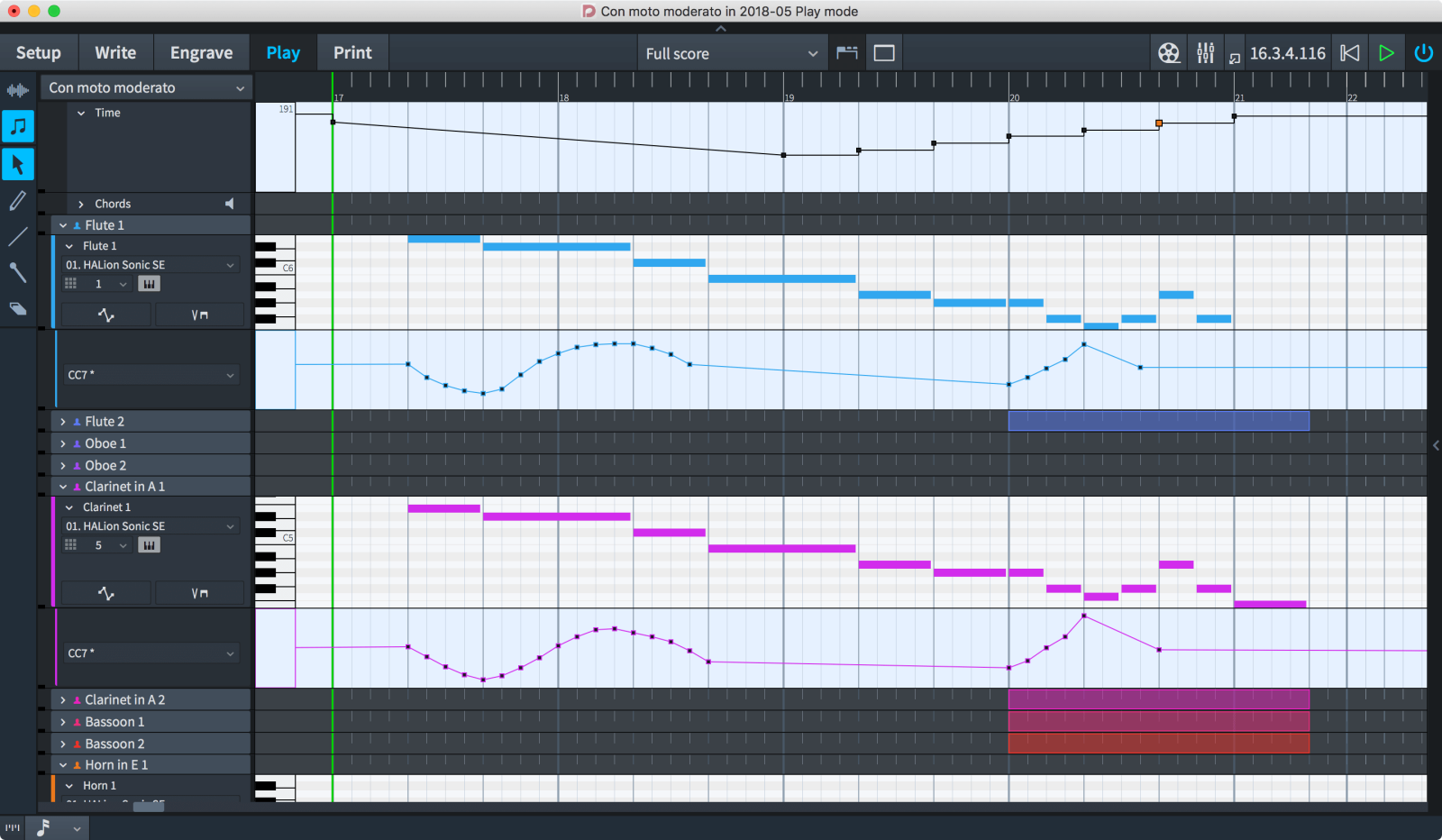

#DORICO VERSIONS PROFESSIONAL#
Dorico 4 has now become such a software onion, with more layers to unwrap than most users will ever get to.Steinberg has announced the release of the latest version of its professional scoring software, Dorico 3.5, with updates to the entire series of products - Dorico Pro, Dorico Elements, and the free Dorico SE - that build on the capabilities introduced in Dorico 3.0.ĭorico’s step input method previously required users to specify the duration of the note before its pitch, which is convenient when copying out existing music but not always convenient when composing. As a teacher of music technology, I’m always pleasantly surprised when my students unearth an option or process that I had no idea even existed.

#DORICO VERSIONS FULL#
While one can always appreciate organisational continuity and avoiding the need to re‑learn software, that is where the similarities end, because almost every part of Dorico 4 has been improved, updated and streamlined with new options, bringing the software into full maturity. Once your score is open, older Dorico users will notice that the interface they have learned is largely intact, though it has a smoother, rounder, and more aesthetically pleasing appearance, and retains the option to toggle between dark and light modes. Once an ensemble is created it can easily be re‑ordered, while soloists can be declared with a right click and automatically placed in the proper score area. One can also use traditional orchestral shorthand and simply write something like ‘2222/1111/str’ and receive a score with two flutes, two oboes, two clarinets, two bassoons, single brass, and a full string section. The composer can than enter a text instruction such as ‘two flutes, two oboes, three bass trombones, theorbo, bagpipe’ and have the instruments added to the score.

In the setup view, pressing Shift+E brings up an instrument dialogue box. Users can now define page size, title and starting musical elements straight from the ‘create new’ dialogue. Speaking of starting a new score, the old setup options remain, though many new streamlined options have been added.
#DORICO VERSIONS MANUAL#
Opening the software, users will notice that the manual link and a large group of tutorials covering everything from standard Dorico basics to new features in version 4 are available in the new score dialogue box. As such, there is no shortage of updates and tweaks which have come as a result of such online interactions. What bears repeating from that review, though, is the willingness of the developers to listen to their user base, often through forums and message boards. The history of Dorico development was covered in detail in my February 2020 SOS review of Dorico 3. The end result is a powerful evolution of the Dorico product: if a piece of software can truly be called ‘beautiful’, Dorico 4 certainly deserves the label.

Daniel Spreadbury and his team have taken a major step forward with this latest release, refining the many new features from version 3 while adding an impressive range of new options in this latest release. The rapid development of the Dorico notation software series continues with the release of Dorico version 4. Steinberg’s scoring suite just keeps getting better!


 0 kommentar(er)
0 kommentar(er)
